Concerns about the authenticity of AI-generated music are rapidly escalating as the technology advances. This burgeoning field raises profound questions about creativity, artistry, and the very definition of musical originality. Is music generated by algorithms truly “music,” or is it merely a sophisticated imitation? This exploration delves into the technological limitations, human intervention, listener perception, and future implications of this increasingly prevalent form of musical creation.
The debate centers on several key areas. First, defining authenticity itself proves challenging, as it varies depending on whether we’re evaluating human-composed or AI-generated works. Second, the technological limitations of current AI models significantly impact the emotional depth and artistic merit of the resulting music. Third, the level of human involvement – from minimal intervention to extensive collaboration – drastically alters the perceived authenticity and raises complex ethical considerations regarding authorship and disclosure.
Finally, the listener’s expectations and the context in which the music is presented heavily influence their judgment of its authenticity.
Defining Authenticity in AI-Generated Music
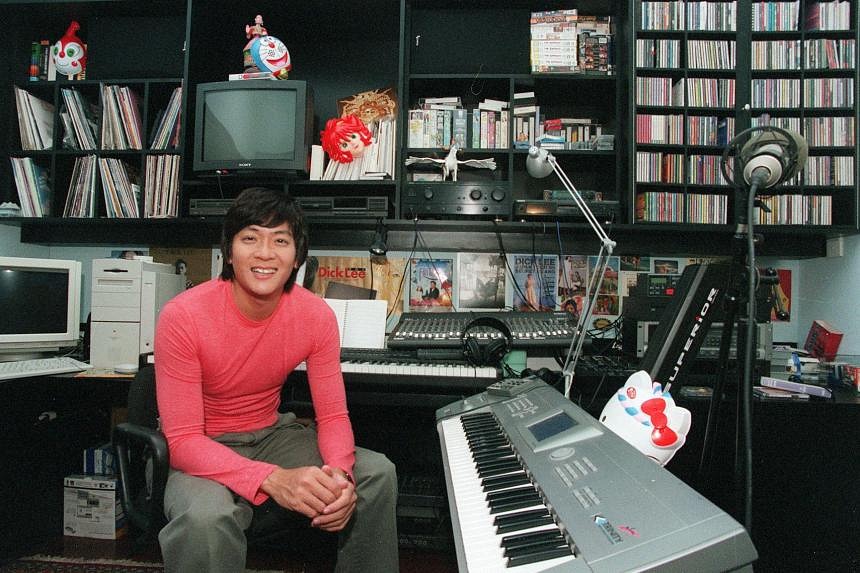
The question of authenticity in AI-generated music is complex, touching upon our fundamental understanding of artistic creation and the role of human experience. While traditional music relies heavily on human emotion, skill, and intention, AI-generated music introduces new parameters, challenging established notions of originality and creative expression. This exploration delves into the multifaceted nature of authenticity in both human-created and AI-produced music, analyzing the criteria used to assess each and the implications of technological advancements on our perception of musical value.The perceived authenticity of music, whether human-composed or AI-generated, hinges on several interconnected factors.
For human-created music, authenticity is often linked to the artist’s biography, the emotional impact of the piece, and its perceived originality within a specific musical context. Listeners may connect with a song more deeply if they know the story behind its creation or if the music resonates with their personal experiences. In contrast, the authenticity of AI-generated music is more nuanced.
It can be judged based on the perceived skill in mimicking human musical styles, the technical sophistication of the algorithm, and the emotional response it evokes in the listener. However, the absence of a human creator introduces a fundamental difference, prompting questions about the nature of artistic intent and the emotional depth of the music.
Criteria for Judging Authenticity in Traditional Versus AI-Generated Music, Concerns about the authenticity of AI-generated music
Traditional music’s authenticity is often assessed through established criteria, including adherence to genre conventions, technical proficiency, originality of composition, and emotional resonance. Expert evaluation and listener response play crucial roles in establishing a piece’s canonical status and perceived authenticity. For instance, a classical composition’s authenticity might be judged based on its adherence to established compositional techniques, its originality within the established canon, and its ability to evoke a specific emotional response in the listener.
In contrast, the criteria for judging the authenticity of AI-generated music are still evolving. While technical proficiency and originality can still be assessed, the lack of human intentionality introduces a new layer of complexity. Evaluations might focus on the algorithm’s ability to mimic human styles convincingly, the originality of its output (even within a constrained stylistic framework), and the emotional impact on the listener, which may be less easily predictable.
The Role of Human Emotion and Intentionality in Musical Authenticity
Human emotion and intentionality are deeply intertwined with the concept of authenticity in traditional music. The composer’s emotional state during the creation process, their conscious artistic choices, and their intent to convey specific emotions to the audience all contribute to the overall authenticity of the piece. The emotional impact of the music on the listener further reinforces this sense of authenticity.
For example, a blues song imbued with genuine emotion and reflecting the artist’s lived experiences is often perceived as more authentic than a technically proficient but emotionally sterile imitation. In AI-generated music, the absence of human intentionality raises questions about the nature of emotional expression. While an AI can be trained to mimic human emotions, the question remains whether these are genuine expressions or merely sophisticated simulations.
This difference in origin fundamentally alters our perception of authenticity.
Authenticity of AI-Generated Music Mimicking Existing Styles Versus Creating New Styles
AI-generated music that mimics existing styles presents a different set of authenticity challenges compared to AI-generated music that creates entirely new styles. Music mimicking existing styles might be judged based on its fidelity to the source material and its ability to evoke a sense of familiarity and nostalgia in the listener. However, the lack of genuine human creativity might lead to a perception of inauthenticity, even if technically perfect.
For example, an AI-generated piece flawlessly mimicking the style of Bach might be praised for its technical prowess but still lack the perceived authenticity of an original Bach composition. In contrast, AI-generated music creating entirely new styles presents a unique opportunity. The originality and novelty of the generated music could be perceived as authentic in its own right, independent of human stylistic precedents.
The challenge here lies in determining the criteria for evaluating such novelty and assessing its artistic merit, which requires a shift in our established understanding of musical authenticity.
Technological Limitations and Their Impact on Authenticity
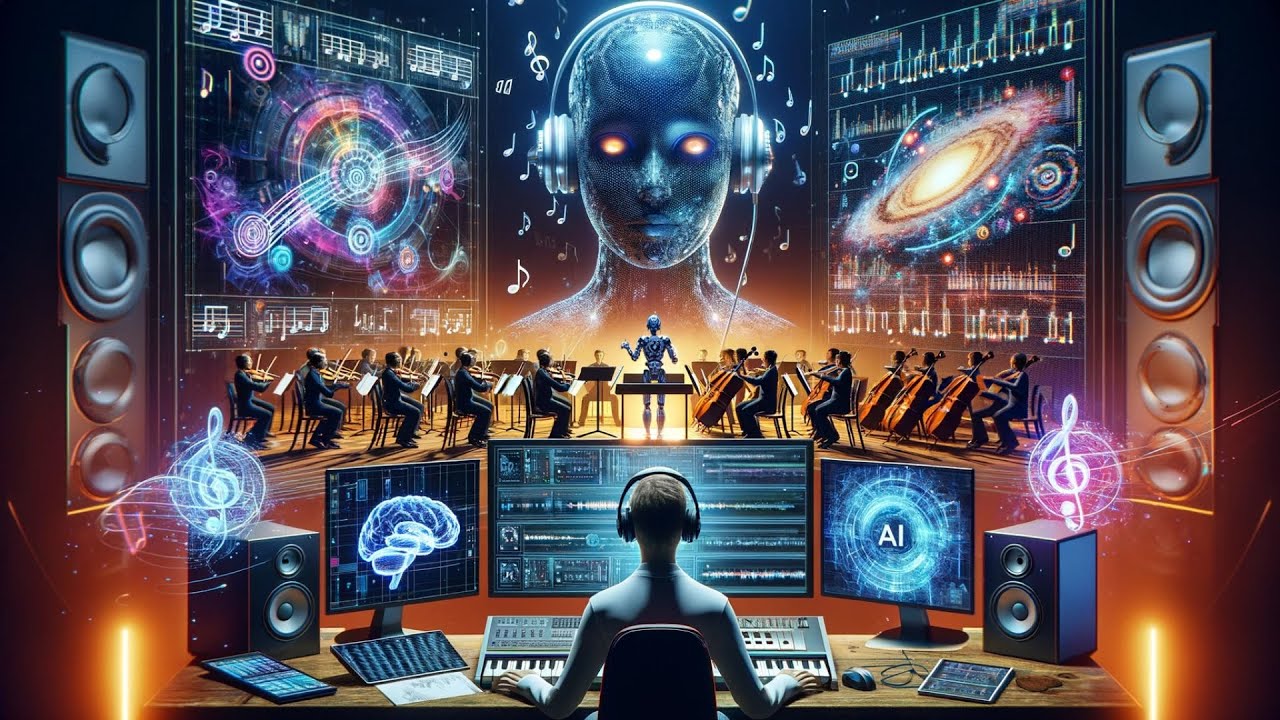
AI-generated music, while rapidly advancing, still faces significant technological hurdles that compromise the perceived authenticity of the output. These limitations stem from the inherent nature of current AI models and their reliance on pre-existing data, ultimately impacting the emotional resonance and artistic originality of the generated music. Understanding these limitations is crucial for evaluating the current state and future potential of AI in music creation.Current AI music generation technologies often struggle to produce truly novel and emotionally resonant pieces.
The limitations manifest in various ways, affecting the final product’s overall artistic merit. While AI can mimic existing musical styles effectively, creating genuinely original compositions that evoke profound emotional responses remains a challenge. This is largely due to the technical constraints of the algorithms and their dependence on existing datasets.
Data Dependency and its Influence on Originality
The reliance on large datasets of existing music is a double-edged sword. While these datasets provide the raw material for AI models to learn from, they also limit the potential for originality. The generated music tends to be a derivative blend of styles and patterns present in the training data, hindering the emergence of truly unique and groundbreaking musical ideas.
For example, an AI trained primarily on classical music will struggle to generate jazz or hip-hop convincingly, and even within a specific genre, the output might lack the unexpected twists and turns that characterize human creativity. The algorithm might identify and replicate patterns, but it may struggle to break free from the limitations imposed by the dataset’s biases. This leads to a lack of originality and authenticity, creating a sense of imitation rather than genuine artistic expression.
Limitations in Emotional Depth and Nuance
Current AI models often lack the capacity to fully capture the subtle nuances of human emotion expressed through music. While they can generate technically proficient pieces, these pieces may lack the emotional depth and complexity found in human-composed music. This is because AI algorithms primarily focus on statistical relationships between musical elements, rather than understanding the emotional intent behind those elements.
For instance, an AI might accurately replicate the rhythmic and melodic patterns of a sad song, but it might fail to convey the underlying sadness or despair in a truly convincing manner. The emotional impact remains superficial, lacking the genuine human touch.
Technical Limitations in Harmonic and Melodic Structure
AI music generation methods often struggle with sophisticated harmonic progressions and melodic development. While they can generate simple melodies and harmonies, complex and unexpected harmonic shifts, which are often crucial for emotional impact and musical interest, remain a challenge. This results in predictable and sometimes monotonous musical structures, lacking the surprise and dynamism characteristic of authentic human composition.
Moreover, AI may struggle to maintain consistent musical coherence over longer durations, leading to disjointed or jarring transitions between sections.
Comparison of AI Music Generation Methods and their Limitations
| Method | Strengths | Limitations Regarding Authenticity | Examples |
|---|---|---|---|
| Markov Chains | Simple, computationally inexpensive | Predictable output, limited harmonic complexity, lacks emotional depth | Early experimental AI music generators |
| Recurrent Neural Networks (RNNs) | Can generate longer sequences, some capacity for stylistic variation | Still prone to repetition, struggles with complex harmonic progressions, limited originality | Some early implementations of AI music composition software |
| Generative Adversarial Networks (GANs) | Potential for higher originality, improved stylistic control | Can be computationally expensive, requires significant training data, may still lack emotional depth | More advanced AI music generation tools |
| Transformer Networks | Improved long-range dependencies, better handling of complex musical structures | Requires vast datasets, computationally demanding, challenges in achieving truly unique emotional expression | Cutting-edge AI music generation platforms |
The Role of Human Intervention in AI Music Creation: Concerns About The Authenticity Of AI-generated Music
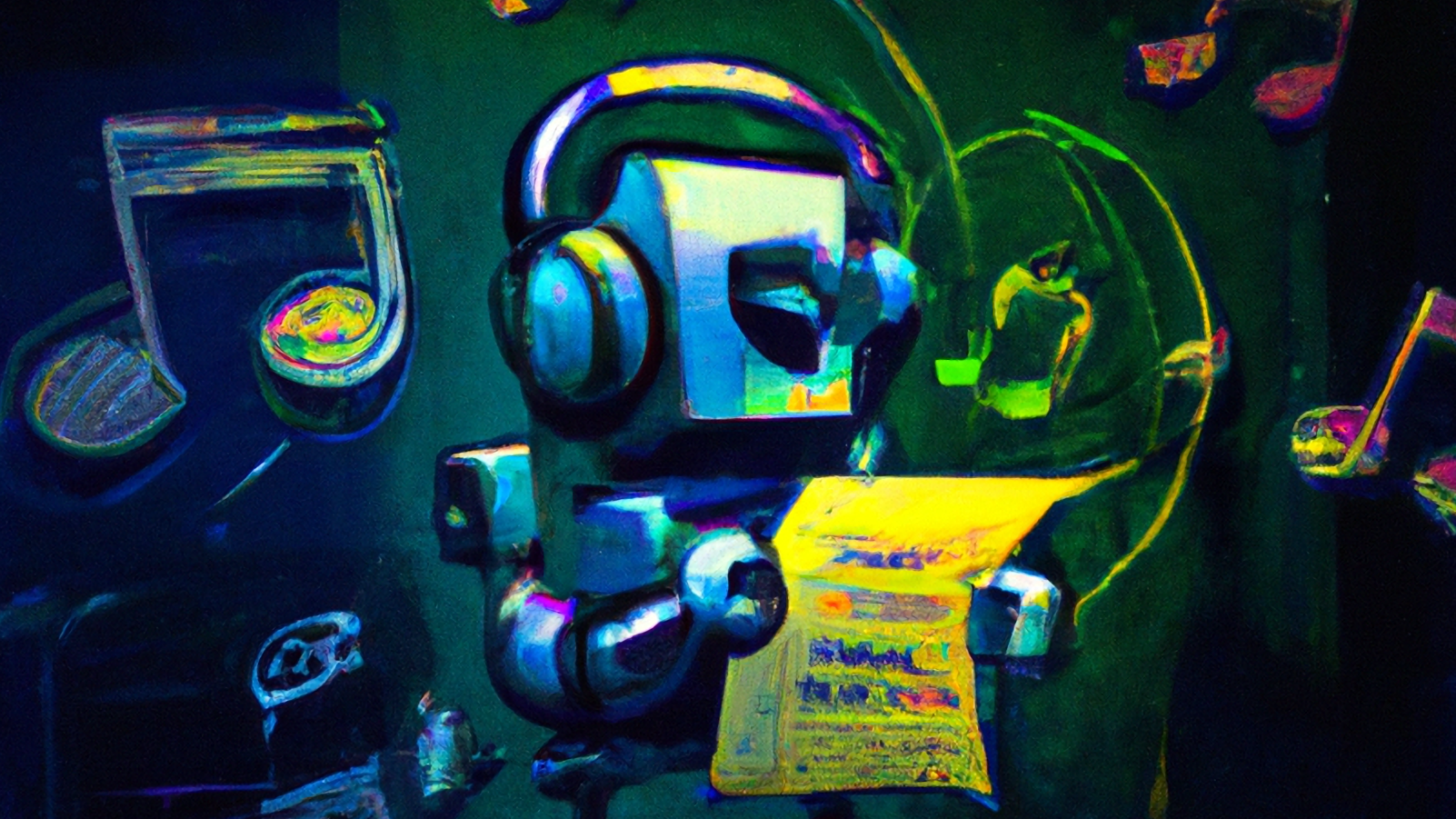
The level of human involvement in AI music creation significantly impacts the final product’s perceived authenticity and raises crucial ethical considerations. While fully autonomous AI systems can generate novel musical pieces, the extent of human intervention, ranging from minimal parameter adjustments to extensive editing and co-creation, profoundly alters the creative process and the resulting aesthetic experience.The spectrum of human involvement spans a wide range, from simply providing initial parameters to the AI (e.g., genre, tempo, instrumentation) to deeply collaborative efforts where humans and AI act as equal partners in shaping the music.
This involvement directly influences the final product’s perceived originality and artistic merit.
Levels of Human Involvement and Their Impact on Authenticity
Different levels of human intervention yield distinctly different outcomes regarding perceived authenticity. For instance, music generated with minimal human input—where the AI is largely left to its own devices—might be perceived as more “purely” AI-generated, yet possibly lacking the nuanced emotional depth or stylistic coherence that a human composer might bring. Conversely, music heavily edited or co-created by a human composer might sound more polished and emotionally resonant, but its “AI-ness” might be diminished, potentially raising questions about the true extent of the AI’s contribution.
Consider the example of a composer using an AI to generate a basic melody, which they then extensively develop, arrange, and orchestrate. The resulting piece is undeniably influenced by the AI, but the human’s contribution is so significant that the AI’s role may be understated or even overlooked. In contrast, a piece where the AI generates a complete composition with minimal human intervention might sound strikingly original but potentially lack the emotional depth associated with human creativity.
Comparing Perceived Authenticity Across Different Levels of Human Intervention
The perceived authenticity of fully AI-generated music differs considerably from that of music heavily edited or co-created by humans. Fully AI-generated music often evokes a sense of wonder and novelty, showcasing the potential of AI as a creative tool. However, some listeners may find it lacking in emotional depth or narrative coherence. Conversely, music where humans heavily edit or co-create with AI often feels more emotionally resonant and stylistically refined, but its authenticity might be questioned, with some arguing that the human hand overshadows the AI’s contribution.
This difference highlights the complex interplay between technological capabilities and human artistic sensibilities in the creation of music. For example, a purely AI-generated piece might be lauded for its unique harmonic structures but criticized for its lack of emotional impact, whereas a heavily human-edited piece might be praised for its emotional power but criticized for its lack of originality or perceived “AI-ness”.
Ethical Implications of Varying Degrees of Human Intervention
The varying degrees of human intervention raise significant ethical considerations. Transparency is paramount. If a piece is marketed as “AI-generated,” but substantial human intervention has shaped its final form, this constitutes a misleading representation. This lack of transparency could lead to inflated claims about AI capabilities and potentially undermine the trust in AI-generated art. Furthermore, the extent of human involvement affects the attribution of authorship and copyright.
Clearly defining the respective contributions of the human and the AI is crucial to address potential legal and ethical issues related to intellectual property. The debate surrounding the moral rights of AI-generated works also needs careful consideration.
Disclosure of Human Intervention in AI-Generated Music
The extent to which human intervention should be disclosed when presenting AI-generated music to the public is a matter of ongoing debate. Full transparency regarding the level of human involvement is ethically crucial. This could involve detailed descriptions of the creative process, specifying the AI’s role and the extent of human intervention, in program notes or metadata associated with the music.
Omitting this information could be interpreted as deceptive and potentially harm the credibility of both the artist and the technology. This is particularly relevant in commercial contexts where the marketing of AI-generated music might leverage its novelty or unique aspects. Therefore, clear and accurate disclosure is not merely an ethical imperative but also a necessary step in fostering a responsible and sustainable ecosystem for AI-generated music.
The Listener’s Perception and the Impact of Context
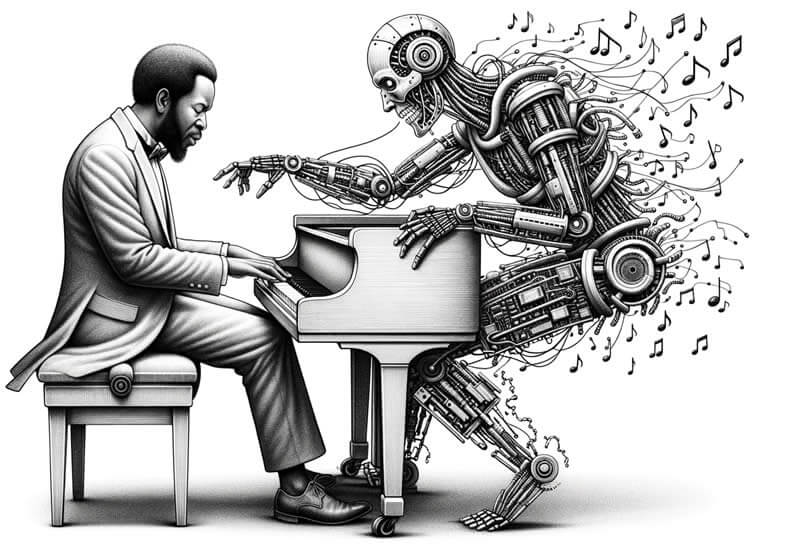
The authenticity of AI-generated music is not solely determined by its technical aspects; it’s profoundly shaped by the listener’s subjective experience, heavily influenced by pre-existing knowledge, expectations, and the context in which the music is presented. Understanding these factors is crucial for comprehending the complex relationship between AI music and its reception.Prior knowledge and expectations significantly impact how a listener perceives the authenticity of AI-generated music.
A listener familiar with the capabilities and limitations of current AI music generation technologies might be less surprised by certain stylistic choices or imperfections, potentially leading to a more accepting view of its authenticity, even if technically imperfect. Conversely, a listener expecting a human-like emotional depth and nuanced expression might find the same piece less authentic due to perceived limitations in emotional conveyance, even if technically proficient.
This highlights the inherent subjectivity of “authenticity” in this context.
Prior Knowledge and Expectations Influence Authenticity Perception
Listeners’ pre-existing beliefs about AI and music significantly affect their judgment. For instance, someone who believes AI can never replicate the creativity of a human composer may consistently rate AI-generated music as less authentic, regardless of its technical merit. Conversely, a listener open to the possibilities of AI in creative fields might find authenticity in the novel sounds and textures produced by algorithms, even if they lack the familiar hallmarks of human-composed music.
This suggests that fostering a broader understanding of AI’s capabilities and limitations could help shape more informed and nuanced perceptions.
Contextual Factors Shaping Authenticity Judgments
The context surrounding the presentation and marketing of AI-generated music plays a crucial role in shaping listener perception. A piece presented as a purely AI-generated composition might be judged differently than one presented as a collaboration between human and AI composers. Similarly, the genre of music significantly impacts the listener’s expectations and their subsequent judgment of authenticity. A piece of ambient music, for instance, might be more readily accepted as AI-generated than a complex orchestral piece, as the former’s inherent lack of strict formal constraints might align better with the perceived limitations of current AI technology.
Marketing campaigns that emphasize the technological novelty of the music, rather than its emotional impact, may also influence the listener’s perception of authenticity.
Emotional Response and Awareness of Origin
A listener’s emotional response to AI-generated music can vary significantly depending on their awareness of its origin. If a listener is unaware that the music was AI-generated, their emotional experience might be uninhibited by preconceived notions about AI’s creative capabilities. However, if they are informed of the music’s AI origins, their emotional response might be colored by their beliefs about AI’s limitations, potentially leading to a diminished emotional connection, even if the music itself evokes strong feelings.
This emphasizes the importance of transparency in the presentation of AI-generated music.
Hypothetical Scenario Illustrating Contextual Influence
The following scenario illustrates how different contexts can drastically alter perceptions of authenticity for the same AI-generated musical piece:
- Scenario 1: The piece, a melancholic piano ballad, is presented at a classical music concert as the work of a renowned human composer. Listeners are captivated by its emotional depth and technical skill, perceiving it as highly authentic and moving.
- Scenario 2: The same piece is presented on a technology blog as an example of cutting-edge AI music generation, with emphasis on the algorithms used. Listeners, aware of its AI origins, might focus on technical aspects, possibly noticing subtle imperfections and judging it less authentic, despite its emotional impact.
- Scenario 3: The piece is used as background music in a science fiction film, where its slightly artificial qualities enhance the futuristic atmosphere. In this context, its “inauthenticity” becomes a stylistic choice, contributing to the overall aesthetic, and therefore not negatively impacting its perceived value.
The Future of Authenticity in AI-Generated Music
The future of music creation is inextricably linked to the advancement of artificial intelligence. As AI algorithms become increasingly sophisticated, the line between human-created and AI-generated music will inevitably blur, raising profound questions about authorship, originality, and the very definition of artistic authenticity. This blurring will necessitate a reevaluation of our understanding of musical creation and its inherent value.
Technological advancements will play a pivotal role in shaping this future. The increasing sophistication of AI models, combined with improved access to vast musical datasets, will lead to the generation of increasingly complex and nuanced musical pieces. This will not only enhance the technical aspects of AI-generated music, making it indistinguishable from human compositions in many cases, but will also lead to new creative possibilities that were previously unimaginable.
Technological Advancements and Their Impact
AI’s capacity to learn and adapt from massive datasets will allow for the creation of music in diverse styles and genres, potentially blending seemingly disparate musical traditions in unprecedented ways. For example, AI could synthesize the rhythmic complexity of West African drumming with the melodic structures of Baroque counterpoint, resulting in entirely new musical forms. Moreover, advancements in generative adversarial networks (GANs) and other deep learning techniques could lead to AI systems capable of not only mimicking existing musical styles but also generating genuinely novel and original compositions that defy easy categorization.
Conversely, challenges will arise from the potential for AI to be used to create derivative works, raising serious ethical and legal concerns. The ease with which AI can manipulate and recombine existing musical elements could lead to a decline in originality and a homogenization of musical styles. This could potentially stifle artistic innovation and limit the development of truly unique musical expressions.
New Artistic Expressions and Challenges
The integration of AI into the music creation process will inevitably lead to new forms of artistic expression. Imagine collaborative projects where human composers work alongside AI systems, using AI to generate musical ideas, explore harmonic possibilities, or even create entire instrumental parts. This synergistic approach could unlock new levels of creativity, pushing the boundaries of musical innovation.
However, the increased reliance on AI could also lead to a decline in the human element in music, potentially diminishing the emotional depth and personal expression that are often central to the human experience of music. The challenge will be to find a balance between leveraging AI’s capabilities and preserving the unique contributions of human artists.
Copyright and Intellectual Property Implications
The growing role of AI in music creation presents significant challenges to existing copyright and intellectual property laws. Determining the ownership of AI-generated music – whether it belongs to the programmer who created the AI, the user who prompted the AI, or the AI itself – is a complex legal question that currently lacks clear answers. This ambiguity could lead to disputes over ownership, licensing, and royalties.
Existing copyright laws are designed for human creators, and adapting them to the context of AI-generated music will require careful consideration and potentially significant legal reform. Furthermore, the ease with which AI can create derivative works raises concerns about plagiarism and the protection of original compositions. Clear guidelines and regulations are needed to address these issues and protect the rights of both human and AI creators.
Closing Notes
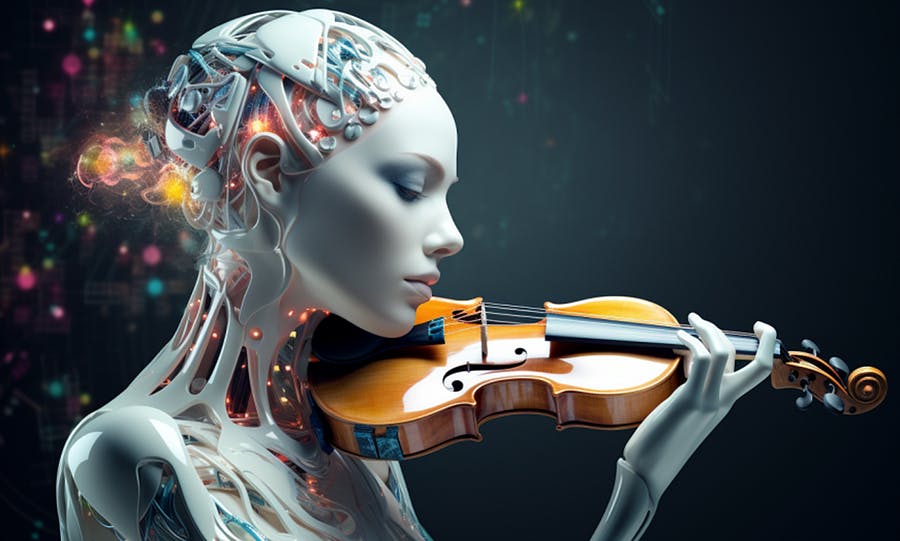
The question of authenticity in AI-generated music is not merely a technical one; it’s a philosophical and artistic challenge. As AI music generation technology continues to evolve, the lines between human and artificial creativity will inevitably blur. This necessitates a nuanced discussion encompassing technological advancements, ethical considerations, and a re-evaluation of what constitutes authentic musical expression. The future likely holds a complex interplay between human and AI creativity, demanding a critical examination of authorship, copyright, and the evolving definition of musical artistry itself.
The ongoing dialogue surrounding these concerns will shape the landscape of music for years to come.

